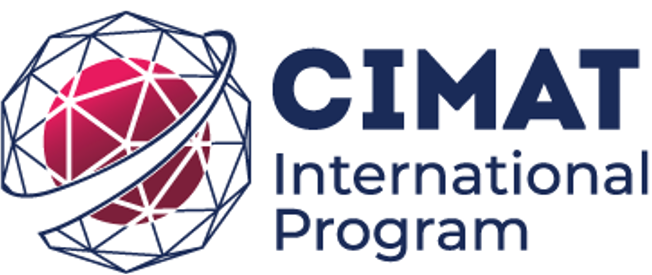| COURSE DESCRIPTION |
|
This course is a first introduction to structures of abstract algebra, specifically, groups, rings, and fields. There will be a significant emphasis on real-life problems which are modeled by abstract algebraic structures. The first quarter of the course will be devoted to elementary number theory. Then, we will focus on group theory. This is the core of this class, and we will devote half of the course to this topic. We will end the class with an overview on rings and fields. Applications will be discussed within each topic. This class is proof-based. However, it is not expected that you have taken a proof-based course before, and there will be an opportunity to learn and improve proof-writing. In addition, there will be a significant emphasis on real-life problems which are modeled by abstract algebraic structures. There will be a final project on applications of group theory (e.g. cryptography, codes, music, physics, and Rubik’s cube). Project suggestions will be introduced during the first half of the semester. Prerequisites In addition to the common requirements, basic knowledge of sets, functions and equivalence relations is expected. |
| COURSE GOALS |
|
On completion of the course, students will:
|
| COURSE CONTENTS |
Bibliography
Support Sessions 2 hours per week with a teaching assistant Grading Midterm exam (25%), final exam (40%), homework (15%), project (20%) |


